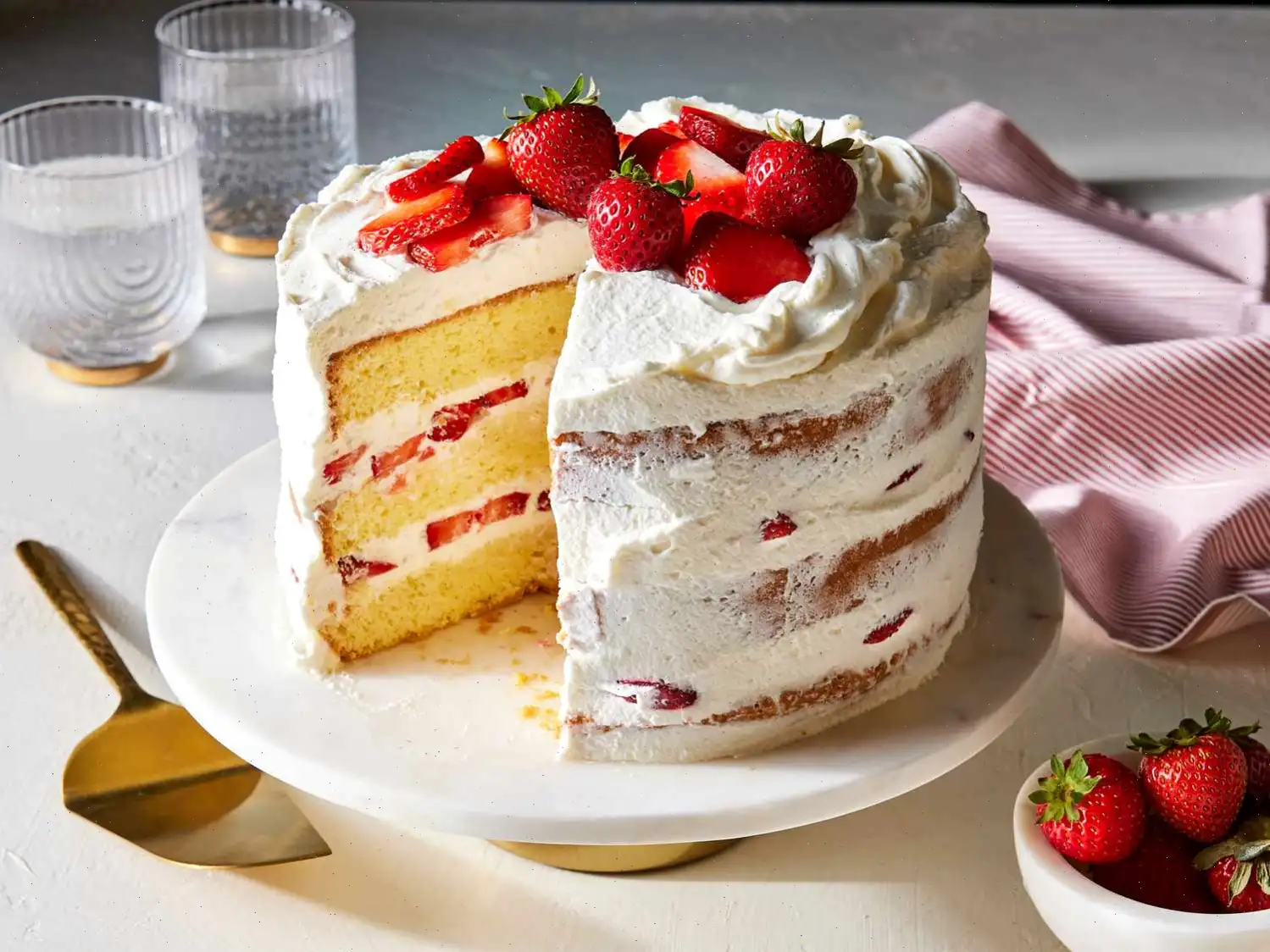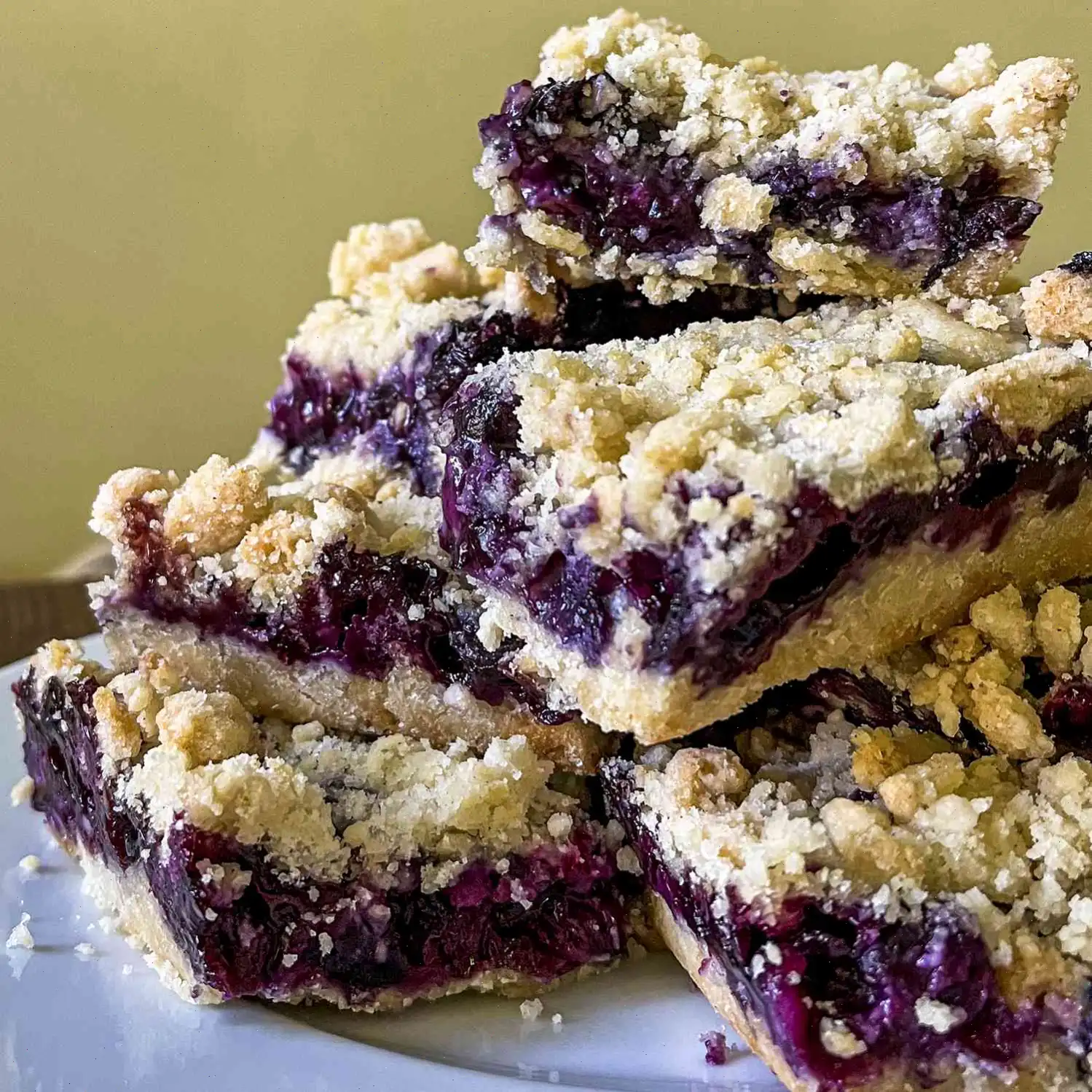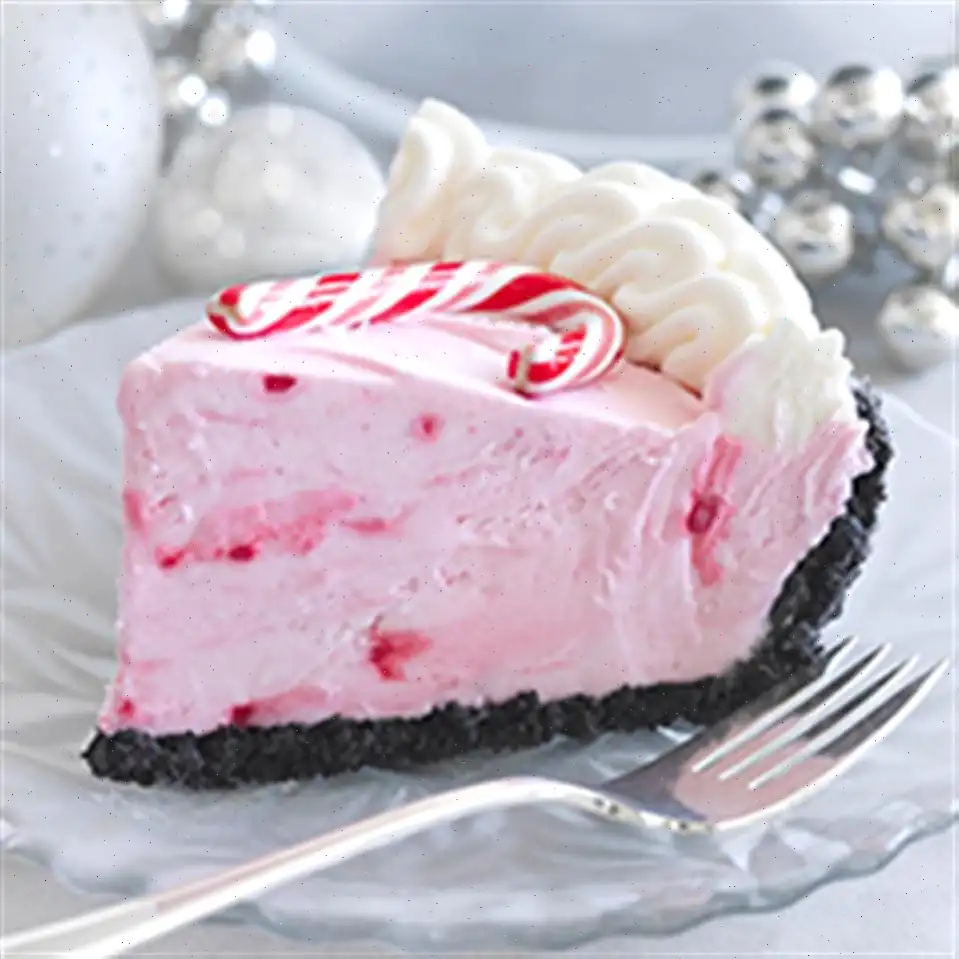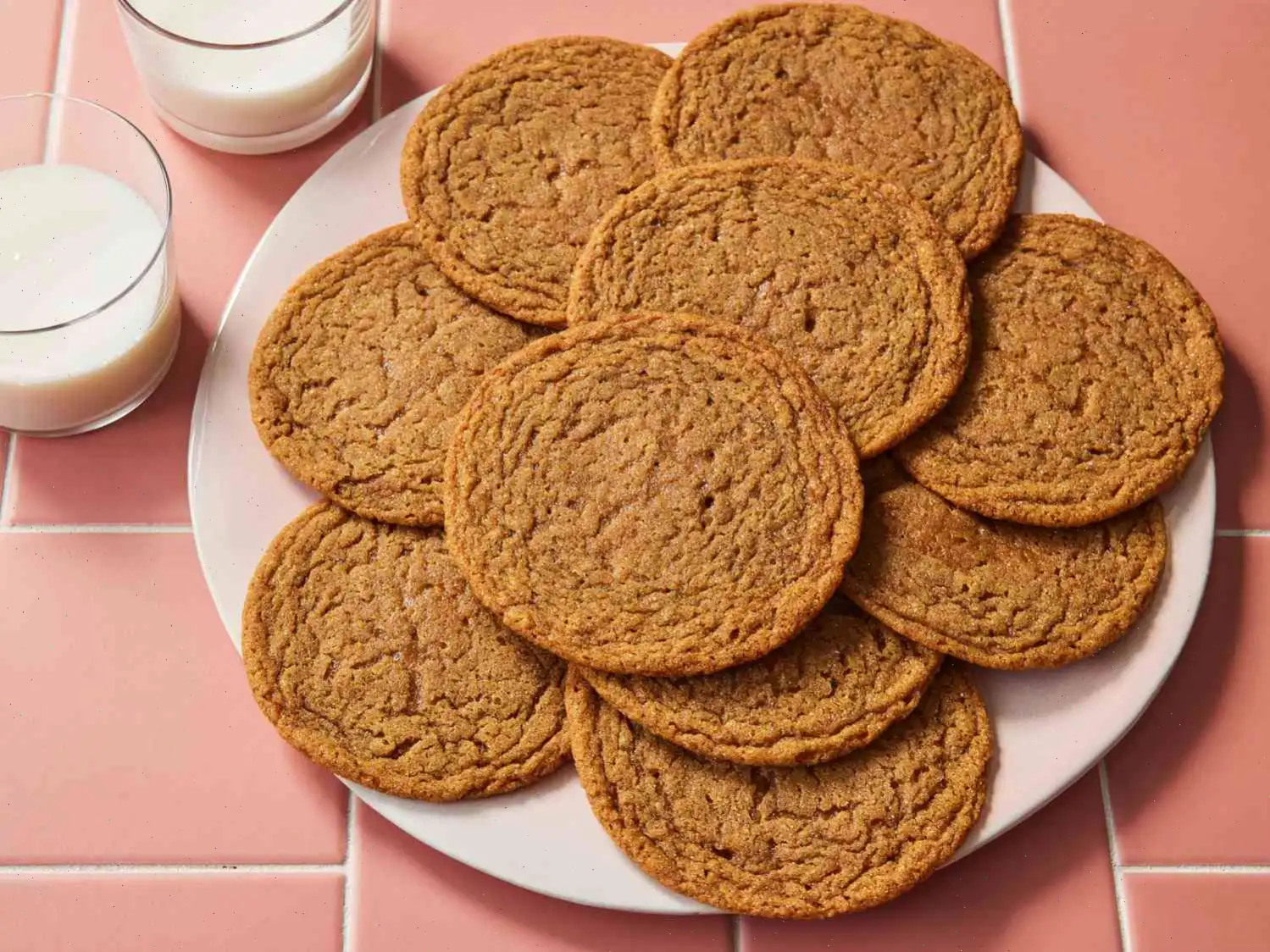
Gingerbread Bundt Cake Recipe
Gingerbread Bundt Cake
This rich and flavorful gingerbread Bundt cake is perfect for fall and winter gatherings, delivering a delightful mix of warm spices and a moist crumb.
Ingredients
- Baking spray with flour, such as Baker's Joy
- 2 1/2 cups all-purpose flour
- 1 tablespoon ground ginger
- 2 teaspoons ground cinnamon
- 1 teaspoon baking powder
- 3/4 teaspoon salt
- 1/2 teaspoon ground nutmeg
- 1/4 teaspoon baking soda
- 1/4 teaspoon ground cloves
- 1/4 teaspoon ground allspice
- 1/2 cup unsalted butter, softened
- 1/4 cup vegetable oil
- 1 cup firmly packed dark brown sugar
- 3/4 cup white sugar
- 3 large eggs, at room temperature
- 2/3 cup unsulphured molasses
- 2 teaspoons vanilla extract
- 1 cup full-fat sour cream, at room temperature
- Powdered sugar for dusting (optional)
Directions
Step 1: Preheat the oven to 350F (180C). Lightly spray a 10-cup Bundt pan with a baking spray containing flour (such as Baker's Joy).
Step 2: In a bowl, whisk together flour, ginger, cinnamon, baking powder, salt, nutmeg, baking soda, cloves, and allspice until evenly combined.
Step 3: In a large mixing bowl, combine butter, vegetable oil, brown sugar, and white sugar. Using an electric mixer, beat on medium speed until light and fluffy, about 3 minutes.
Step 4: Add eggs, one at a time, beating well after each addition. Once all eggs are added, increase the mixer speed to medium-high and continue beating until the mixture has doubled in volume, about 5 minutes.
Step 5: Stir in molasses and vanilla extract until well incorporated.
Step 6: Reduce mixer speed to low and gradually add half of the dry ingredients, mixing until just combined.
Step 7: Add the sour cream and mix until just combined.
Step 8: Add the remaining dry ingredients and mix until just combined. Do not overmix.
Step 9: Pour the batter evenly into the prepared Bundt pan and place the pan on a baking sheet.
Step 10: Bake in the preheated oven for 60 to 70 minutes, or until a bamboo skewer inserted into the center of the cake comes out clean.
Step 11: Let the cake cool in the pan for 20 minutes before transferring it to a wire rack to cool completely.
Step 12: Optionally, dust the cooled cake with powdered sugar before serving.
Nutrition Facts (per serving)
| Nutrition | Amount | % Daily Value* |
|---|---|---|
| Calories | 425 | - |
| Total Fat | 17g | 22% |
| Saturated Fat | 8g | 38% |
| Cholesterol | 78mg | 26% |
| Sodium | 236mg | 10% |
| Total Carbohydrates | 63g | 23% |
| Dietary Fiber | 1g | 4% |
| Total Sugars | 42g | - |
| Protein | 5g | 10% |
| Vitamin C | 0mg | 0% |
| Calcium | 112mg | 9% |
| Iron | 3mg | 15% |
| Potassium | 377mg | 8% |
The History of Gingerbread Bundt Cake
The origins of gingerbread date back to medieval Europe, where it was first made as a spiced, honey-sweetened cake. Early bakers used it for both festive occasions and as a preserved treat during long winters. The Bundt pan, however, is a much more modern invention, created in the 1950s in the United States by Nordic Ware. The combination of gingerbread and the Bundt shape merges centuries-old European tradition with mid-20th-century American baking innovation, resulting in a cake that is both aromatic and visually striking.
Regional Variations and Specialties
Gingerbread cakes vary widely across regions. In Germany, "Lebkuchen" often contains nuts and candied fruits, while Scandinavian versions, such as Swedish and Danish gingerbread, are typically thinner and crispier. The American Bundt-style gingerbread emphasizes a moist texture, dense crumb, and a deep molasses flavor, reflecting North American tastes for rich, comforting desserts. Some regional recipes may include subtle differences in spices, such as cardamom in Nordic versions or extra cloves in Southern U.S. recipes.
Distinctive Features Compared to Similar Desserts
Unlike gingerbread cookies, which are crisp and ideal for shaping into figures, the Gingerbread Bundt Cake is soft, tender, and spongy. It differs from a traditional loaf or sheet gingerbread primarily through its elegant Bundt presentation, which allows for even baking and an attractive decorative pattern. The addition of sour cream and oil in this recipe enhances moisture and richness, setting it apart from drier, firmer versions often used for holiday cookie displays.
Typical Serving Occasions
This cake is most commonly served during the holiday season, particularly around Thanksgiving and Christmas. Its warm spice profile and dense texture make it ideal for pairing with hot beverages like coffee, tea, or mulled wine. While it is often enjoyed at home as a comforting dessert, it also features in bakeries, cafs, and holiday parties where presentation is as important as flavor. Some bakers dust the cake with powdered sugar or drizzle a simple glaze to enhance its festive appeal.
Interesting Facts and Traditions
Gingerbread has a fascinating cultural significance. In addition to its culinary role, gingerbread was historically used as a form of artistic expression, with elaborately decorated cookies and houses becoming symbols of holiday creativity. The Bundt pan itself gained popularity after the 1966 Pillsbury Bake-Off, when a Bundt cake won second place and inspired widespread adoption in American kitchens. Today, the Gingerbread Bundt Cake represents both heritage and innovation, combining centuries of spice tradition with modern baking techniques to create a dessert that is both nostalgic and elegant.
You can listen to this recipe in AI audio format. Simply click the play button below to listen to the content in a format that suits you best. It’s a great way to absorb information on the go!
FAQ about Gingerbread Bundt Cake Recipe
Comments
Eric Allen
08/21/2022 04:16:25 PM
Delicious batter with a thick consistency. The flavor really comes through after baking.
Andrew Allen
11/01/2024 02:31:26 PM
My family absolutely loved it. I used buttermilk instead of sour cream since that's what I had available, and I didn't make any changes to the liquid ingredients.
Ryan Adams
08/15/2022 02:33:20 PM
The dish was absolutely scrumptious and came out fantastic! I left out the nutmeg due to my allergy, but it was still incredibly tasty.
Elizabeth Collins
11/25/2023 04:13:52 AM
I am eagerly looking forward to slicing into this.
Cynthia Torres
02/09/2024 07:24:17 PM
Clear and straightforward instructions! I already had all the ingredients ready to go. If the final product tastes even close to how delicious the batter was, this recipe is a keeper for sure!
Amanda Lopez
10/26/2022 09:34:45 PM
Amazingly tasty! It was a hit with everyone. The aroma while it was baking was heavenly. This recipe is definitely a keeper!
Betty Clark
12/07/2023 07:19:03 PM
I prepared this dish for friends on Sunday. It was incredibly easy to make, and they both thoroughly enjoyed it.







